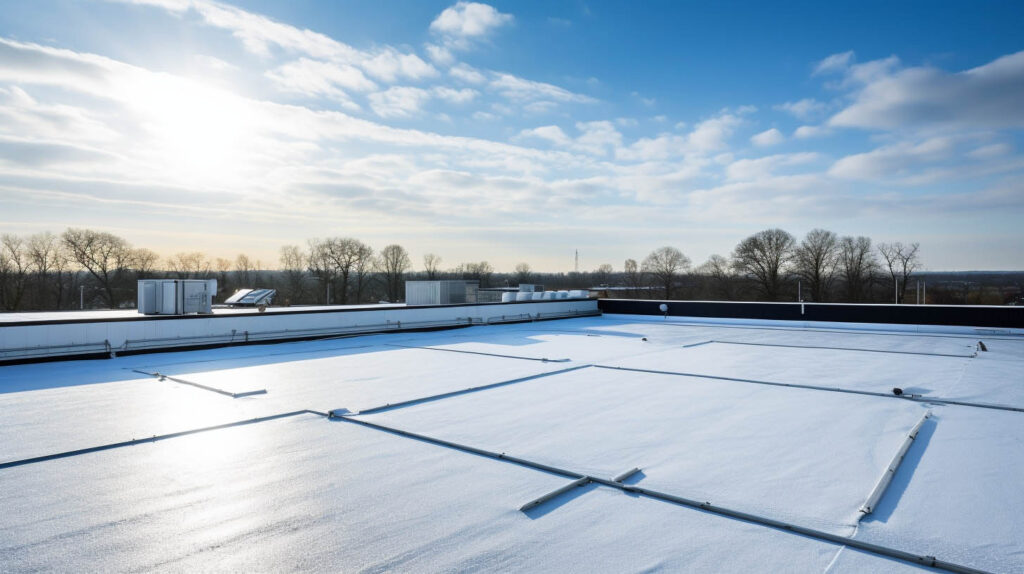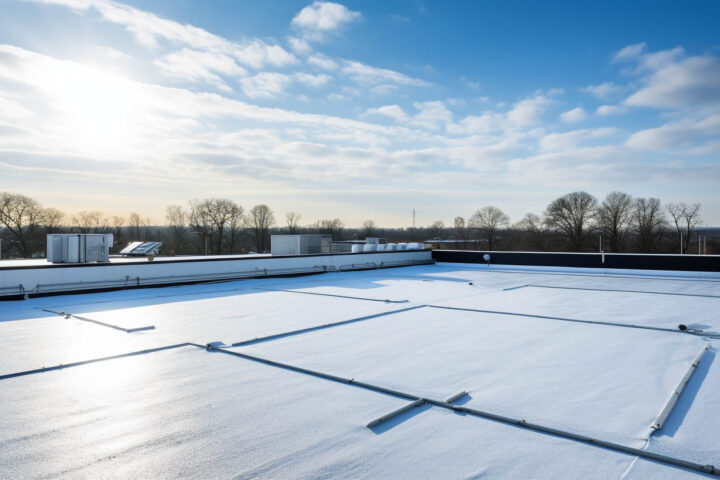
Introduction to Flat Roof Inspection
Flat roofs are a popular choice for many homeowners and businesses due to their efficiency and aesthetic appeal. However, maintaining the integrity of a flat roof requires regular inspections and maintenance. In this article, we’ll delve into the key aspects of DIY flat roof inspection, ensuring your roof remains in optimal condition.
Understanding Flat Roof Structures
Before embarking on an inspection, it’s crucial to understand the components of a flat roof. Typically, these roofs comprise a waterproof membrane laid over structural decking. Insulation may be present beneath or above the decking, depending on the design. The roof’s design is critical in preventing water accumulation and ensuring durability.
Step-by-Step Inspection Process
Visual Inspection
Begin with a visual inspection of the roof surface. Look for signs of wear, such as cracks, blisters, or tears in the membrane. Pay close attention to seams and edges where leaks are more likely to occur.
Check for Ponding Water
Ponding water is a common issue with flat roofs. It can lead to membrane degradation and leaks. After a rainstorm, inspect your roof for any standing water. If ponding persists for more than 48 hours, it may indicate inadequate drainage.
Inspect Flashings and Penetrations
Flashings are vital in preventing water ingress around roof penetrations and edges. Examine these areas for rust, cracks, or separation. Ensure that all penetrations, such as vents and skylights, are well-sealed and secure.
Evaluate the Drainage System
A well-functioning drainage system is essential for flat roofs. Check gutters, downspouts, and internal drains for blockages or damage. Regular cleaning can prevent water backup and subsequent roof damage.
Look for Interior Signs of Damage
Sometimes, roof issues are more evident from the inside. Inspect your attic or top floor for water stains, mold, or damp insulation. These signs can indicate a leak that’s not visible from the roof surface.
Preventative Maintenance Tips
Regular maintenance can extend the life of your flat roof and prevent costly repairs. Here are some key tips:
- Regular Cleaning: Keep the roof surface, gutters, and drains free of debris to ensure proper water flow.
- Prompt Repairs: Address minor issues promptly to prevent them from escalating.
- Professional Inspections: While DIY inspections are valuable, having a professional roofing company in Los Angeles, like Roof Repair Specialist, conduct periodic inspections can identify issues that may be overlooked.
When to Seek Professional Help
If you encounter complex issues during your inspection, such as large tears in the membrane or persistent leaks, it’s advisable to consult a professional. Roof Repair Specialist, a trusted roofing contractor in Los Angeles, can provide expert assessment and repair services.
Conclusion
DIY flat roof inspection is a crucial aspect of roof maintenance. By following these steps and tips, you can ensure the longevity and performance of your flat roof. Remember, while DIY inspections are beneficial, the expertise of a professional roofing company in Los Angeles can be invaluable in maintaining the health of your roof.




